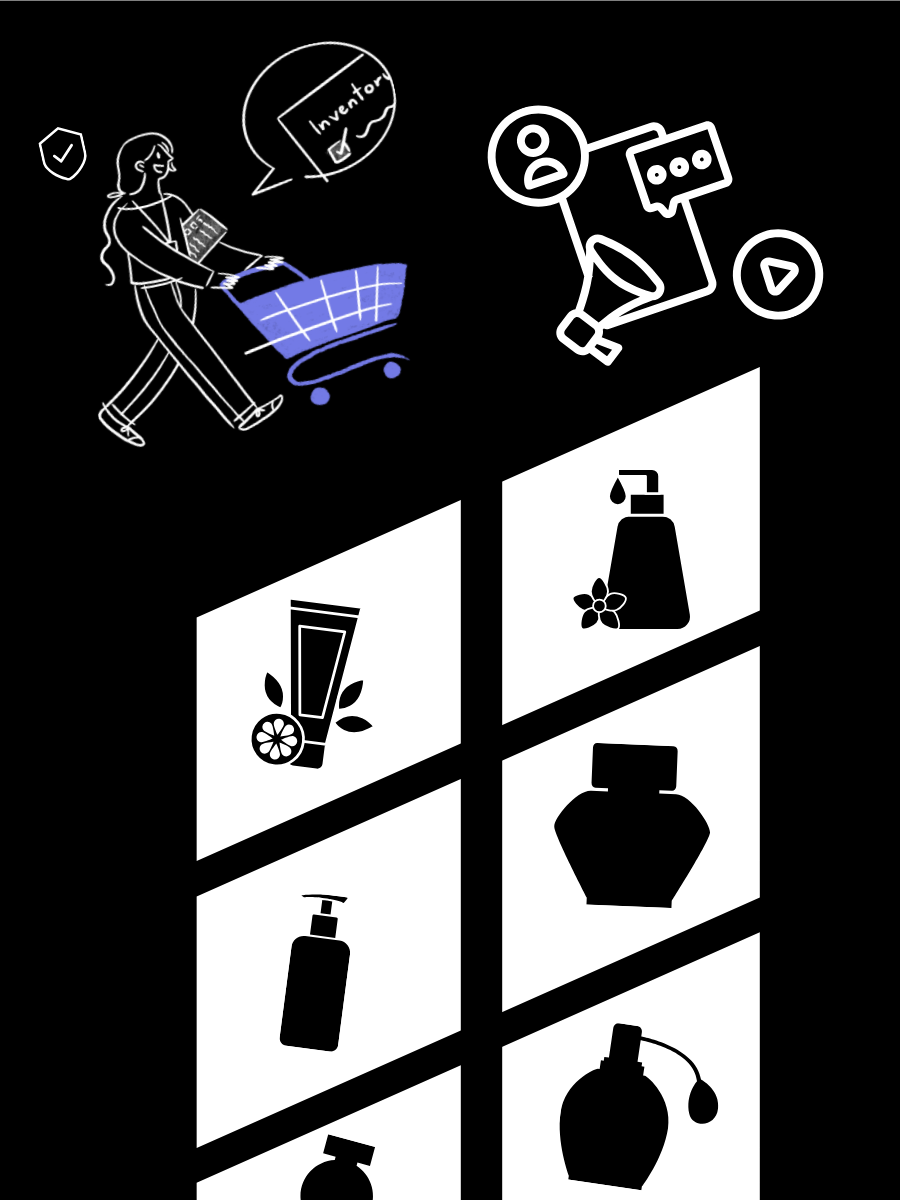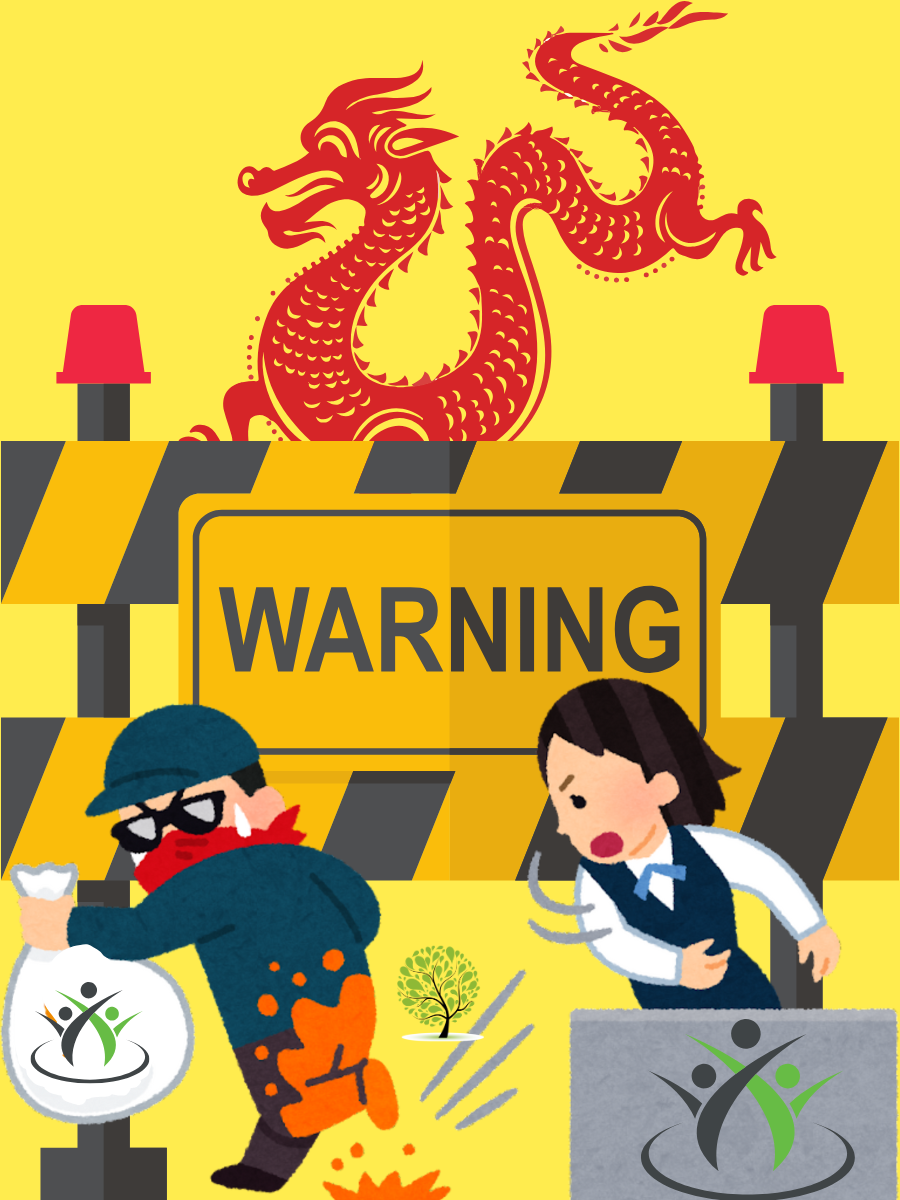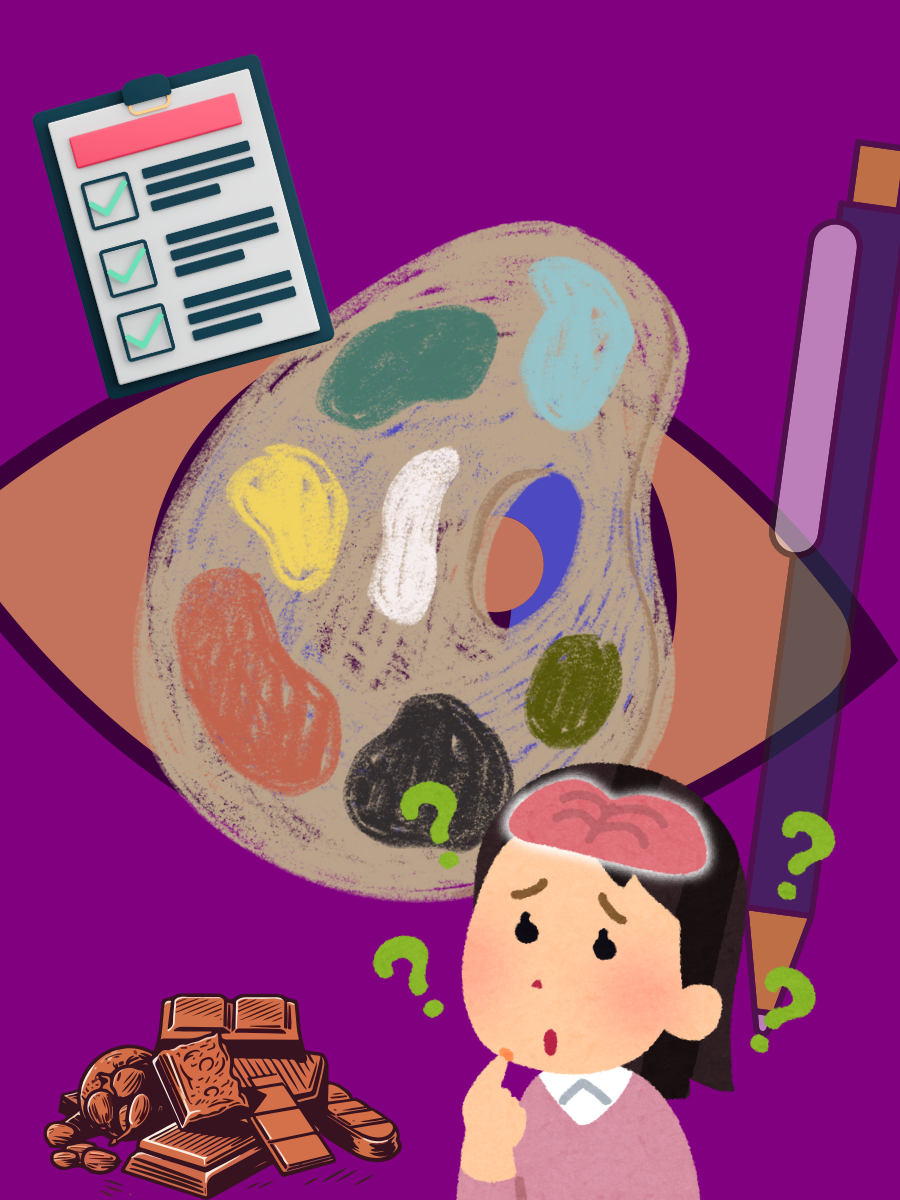Introduction
When we explore trademark filing in Switzerland, we must consider the country’s unique approach to brand protection. Switzerland, often called the land of brand identity, offers a robust environment for trademark-driven businesses. Whether you’re a small entrepreneur or a global brand, securing your logo through Swiss trademark registration is essential. This process protects your logo, name, or label and ensures your company’s identity remains safe. This user-friendly guide walks you through the essentials of Swiss trademark registration from first-to-file rules to procedural tips. This blog uses research and market insights to offer practical trademark advice. It explains each step clearly and conversationally. You’ll find tips that are easy to follow, not just legal jargon. The goal is to help you protect your brand with clarity and confidence. Whether you’re new or experienced, you’ll feel guided, not overwhelmed.
Why Trademarks Matter in Switzerland?
Trademark is important for the company as it is the identity of the company. It distinguishes the company from the crowd. Trademarks could be your company’s name, a logo, a label, a slogan or even any visual and audio demarcation. In Switzerland, institutions like the Swiss Federal Institute of Intellectual Property (IPI) administer all the trademark registration. In Switzerland, the first come and first get basis is followed during trademark application, thus highlighting the importance of promptness.
Switzerland’s laws quietly integrate global treaties like the Paris Convention and Madrid Protocol. This ensures trademark protection both within the country and abroad.
Navigating the Trademark Registration
Getting the trademark in Switzerland is a very tough and hands-on process, but it is the fulfilment of some of the dementias. This blog will trademark and date the steps based on the land and the requirements of the laws.
Starting with a Trademark Search
Before you jump into filing, you need to make sure your trademark is one of a kind. A trademark search checks if someone else has already claimed something too similar. The IPI’s online database together is strong which is a great place to start. sure check the availability of the logo or something else pertaining to this, visit swissreg.ch wee. It is very important to check the company name and the website domain to prevent the hurdle. If you want to have the meticulousness and analysis required, then a trademark attorney will assist with this to make safety; easier. This might take a week time to sort but it will be beneficial to you. Article 3 of the TmPA, protects you from the unusual trouble.
Get a Single Application Ready
After registering that the logo or label is unique, then start preparing your application. It is very important to gather all the documents for the proper filling as this is like putting all the pieces in the right place. Firstly, you will be stating that you are seeking trademark safeguard. Adding name and the address, and if you are not based in Switzerland, then there will be the need for the mail of the lawyer and his office as enshrined in Article 11 of the TmPA.
Next, submit a clear image of your logo or label for trademark protection. If you’re applying for a word mark, include only the word. For image or logo marks, provide a high-quality JPEG. If your logo is unique like a specific colour or jingle and describe it precisely to support your registration.
It is necessary to cite the goods or services that this trademark will be covering using the NICE Classification system, which bifurcates everything into 45 categories. Accuracy in the specification is required because once your trademark is registered, then, you can’t add more categories, but you can only remove them as per Article 22 of the TmPA.
Switzerland’s official languages are German, French and Italian. The application must be in the official language of Switzerland. You can file the international trademark application through the Madrid System in English. However, the IPI requires a translation at a later stage for review. If you’re using a lawyer or agent, simply sign a letter authorizing them to act on your behalf, no notarisation is necessary. This preparation might take a week or two, depending on how complex your trademark is.
Submitting Your Application
Now it’s time to send your application to the IPI for a national trademark, or to WIPO if you’re going international through the Madrid System. For a national trademark, the filing fee is CHF 550, which covers up to three Nice classes and think of these as categories like “clothing” or “software.” Each extra class costs CHF 100. You’ve got two months to pay, so no rush there. If you want things to move faster, you can pay CHF 400 for an express review, which takes about four weeks, or CHF 800 for a super-fast review done in six days. The IPI’s E-Trademark system online is the easiest way to file, but you can also send it by mail, fax, or email if you prefer the old-school route.
IPI’s Review Process
If something’s off, the IPI will send you a notice, giving you a month to fix it, with extra time if you need it. If your application is straightforward, say, using standard terms with no issues, it could be approved in as little as six days. Most applications take three to five months to review, depending on how busy the IPI is and how complex your mark is.
Once your application lands with the IPI, they’ll check it over carefully. First, they make sure all the paperwork is in order fees are paid, forms are filled out, and categories are correct. Then they dive into the nitty-gritty, ensuring your trademark is unique and follows the rules. The TmPA, in Articles 2 and 3, says your mark can’t be too generic, misleading, or against public policy. For example, a word like “apple” for fruit might get rejected, but “Apple” for computers is fine. The IPI doesn’t check for conflicts with other trademarks unless someone complains later, which is different from some countries.
Publication and Waiting for Challenges
After the IPI gives your trademark the green light, it gets published in the Swissreg database, usually within a day or two. This starts a three-month window, set by Article 18 of the TmPA, where others can challenge your trademark if they think it’s too similar to theirs. If someone files an opposition, you’ll have two months to respond, and you can ask for more time if needed. If the challenge holds up, your trademark might be limited or even cancelled, and there will be no objection, then this is the green signal to move ahead. This waiting procedure is kind of holding your breath but this is a standard part of the process.
Final Registration and Certificate
If there are no objections to the Trademark, then IPI registers your logo and mark and sends you the digital certificate. If in the case of objection then you will have the right to defend against the opposition. The protection of the Trademark will be granted to you for 10 years from the date of filling. This can be renewed afterwards as long as you keep up the fees. The entire process is 4 to 6 months, but it can be quick, as in 6 days, for simple cases and prolonged if there are oppositions or revisions.
Keeping Your Trademark Active
After registration, you need to use your trademark in Switzerland within five years, or it could be cancelled for non-use, per Article 12 of the TmPA. This means selling your products or services in a real, commercial way, not just handing out a few samples. To renew your trademark, you can file up to a year before the 10-year term ends, or within six months after for an extra CHF 50 fee. Renewal costs CHF 700 for another 10 years, keeping your brand safe and sound.
How long does it take?
The timeline depends on how smoothly things go. A trademark search takes a few days to a week. Preparing and filing your application might take one to two weeks. The IPI’s review can be as fast as six days for simple cases, four weeks if you pay for express, or three to five months for standard applications. Then there’s the three-month opposition period. All in, expect four to six months from start to finish, though challenges or corrections could push it to a year.
Who’s in Charge?
The Swiss Federal Institute of Intellectual Property in Bern oversees national trademarks. It manages everything from application processing to maintaining the Swissreg database. For international trademarks, WIPO in Geneva takes over, especially for the Madrid System. The Swiss Federal Customs Administration can help stop counterfeit goods at the border if you ask. If you disagree with the IPI’s decision, you can appeal to the Swiss Federal Administrative Court within 30 days. In rare cases involving major legal issues, you may escalate the appeal to the Swiss Federal Supreme Court.
Tips to Make It Easier
Here are some practical pointers to keep things on track. If you’re not in Switzerland, hire a local trademark attorney and they’ll handle the details and give you a Swiss address for mail. Make sure your goods and services are correctly categorized under the Nice system, as you can’t add more later. Keep an eye on the opposition, period, and be ready to respond with legal help if needed. If you want protection outside Switzerland, use the Paris Convention’s six-month priority or the Madrid System. Save proof of your trademark’s use to avoid non-use claims. And watch out for scam letters offering fake renewal services—always check with the IPI directly.
Wrapping It Up
Protecting your brand in Switzerland is a smart move, and the process is clear and reliable. Search early to avoid trademark conflicts. Prepare your documents carefully before filing. Navigate the IPI’s review and opposition stages with attention. Most Swiss trademark registrations take four to six months faster if you pay for express processing. Whether you’re a startup or a global brand, these steps help secure your rights in Switzerland and internationally.
References
- Swiss Federal Institute of Intellectual Property (IPI), https://www.ige.ch/en/ip/trademarks
- Swiss Federal Institute of Intellectual Property (IPI), https://www.swissreg.ch/en
- Swiss Federal Office of Justice, https://www.fedlex.admin.ch/eli/cc/1993/159_159_159/en
- World Intellectual Property Organisation (WIPO), https://www.wipo.int/classifications/nice/en/
- World Intellectual Property Organisation (WIPO), https://www.wipo.int/madrid/en/
- Swiss Federal Administrative Court, https://www.bvger.ch/bvger/en/home.html
- Swiss Federal Supreme Court, https://www.bger.ch/en
- Swiss Federal Customs Administration, https://www.ezv.admin.ch/ezv/en/home.html







